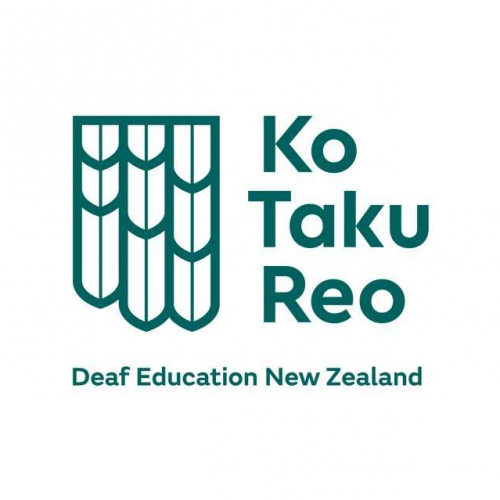Message from Regional Leaders
This week we wish to talk about the role of the RTD and the importance of building relationships with schools, teachers, teacher aides and parents. This is key work at the start of each new school year and requires high energy, patience and commitment.
What do we agree that our role involves?
- The DECs allocate the resource teacher to support the deaf and hard of hearing student and their school because we recognize that hearing loss often creates a considerable barrier to accessing information and learning. Our focus is on Language, literacy, Deaf culture and well-being.
This is John Hattie’s list of variables which have a negative impact on students. Deafness is at –0.61.
- The RTD may support these areas in a wide range of ways:
o 1:1 direct instruction
o Instruction with a buddy or group
o Scaffolding learning
o Unpacking vocabulary and concepts
o Ensuring access through technology and NZSL
o Modelling inclusive practices
o Building the class teacher and teacher aide capability
o Encouraging the use of Universal Design for Learning
o Facilitating a collaborative team approach to the support provided to the student
o Being a part of the IEP team
o Supporting teachers with assessment, the classroom environment, technology and some specialist one to one teaching
o Building relationships with students, teachers, families, peers
o Addressing barriers that prevent students accessing the curriculum
o Modelling and encouraging self-management and the development of self-advocacy
o Communicating in the appropriate language mode/s NZSL, and or Spoken Language.
o Using and sharing resources and materials
o Sharing knowledge of the effect of deafness on language and communication development
o Socio-cultural connections through K.I.T. days
o Sharing strategies that support communication.
We want the team around the student to work well together and this team includes whanau. Collaborative efficacy has a large positive effect size and the challenge is to leverage this to empower the student’s learning.
So how do we build relationships within teams?
- You must put aside time to have the team engage together
- Focus on the learning
- Be open to learning
- Engage in sharing and problem solving together
- Be generous – it builds capital in the social interactions bank.
- Smiling – we need to look like we want to be part of this team
- Open discussions with “I’m noticing …..... what do you think we can do?
- Collaborative partnerships rely on 6 common areas which include; communication, commitment, equality, skills, trust and respect.
Writing: Because nationally we have set targets to improve writing levels this year and even though you may not have students who are involved in this please have a look at the online writing site.
Gallery


